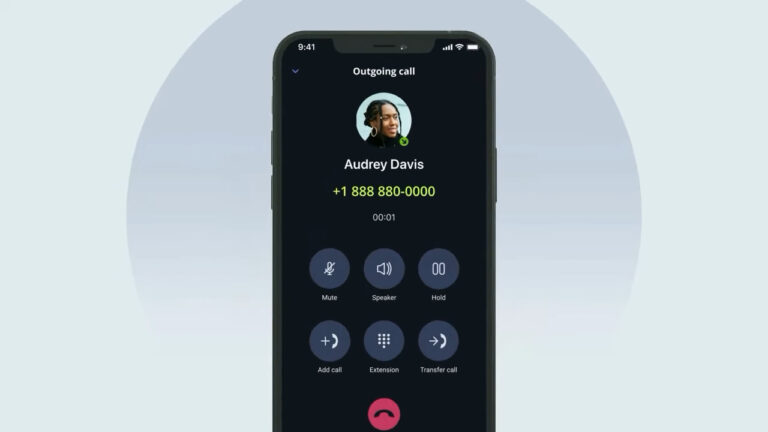Short video content has become immensely popular in the past few years. In order to stay with the juggernauts of platforms like Youtube and TikTok, Facebook has created Facebook Reels.
Today, we’ll take a look at getting started with meta reels monetization, the Facebook reels bonus program, and how the benefits of becoming a partner.
Table of Contents
ToggleWhat is Facebook Reels?
Facebook reels are short-form videos that are aimed to combat the popularity of platforms such as TikTok where short-form videos have become popular. Reels are able to be viewed in a way that is similar to Instagram reels, Youtube shorts, and TikTok videos.
Facebook first introduced reels in September of 2021 and it became a global feature in early 2022.
You can watch reels in three different ways:
- From the home page
- From the watch tab
- From the menu tab
How to Monetize Facebook Reels?

Facebook reels monetization is where Facebook allows you to place ads on your videos and is a great revenue stream for many content creators.
Facebook offers two ways that the ads can be displayed. These are banner ads and sticker ads. In order to become a partner, you have to pass Facebook’s in-house partner monetization policies, which can be found here.
Monetized Reels With Static Image
Videos with static images are still eligible for monetization and have become quite popular, as well. This is partly due to the ease of making the content w/ voiceovers or text.
Overall, reels have taken many forms and static images are one of the growing trends that currently exist on the platform.
Caption Ads
Facebook allows captions to be added to video ads. You can upload your own captions or generate automated captions from Facebook.
Meeting Eligibility Criteria
There is a certain criterion that needs to be met by content creators in order to be monetized on the platform.
To highlight some of the eligibility, you must:
- Be invited
- Be on a page, a new page, or a professional profile
- Be at least 18 years of age
- Remain compliant with Facebook’s Partner Monetization Policies
- Remain compliant with Facebook’s Content Monetization Policies
- Reside in one of the following countries
With Facebook reels still being in a test phase, there may be certain restrictions and access to ads from reels since it is at sole discretion at the moment.
Facebook vs Youtube Monetization
Many content creators use both Facebook and Youtube for their platforms in order to maximize their earnings. However, taking a look at Facebook and Youtube monetization individually, there does seem to be a better option.
In terms of payout, Youtube pays much more than Facebook. For example, if you are earning around $300 from Facebook, you can expect to get around $2k from Youtube for the same levels of engagement.
Youtube also has a more impressive retention rate compared to Facebook. Facebook also has a feature that encourages autoplay, which can have a negative effect on viewers finding your content.
However, despite Youtube being the better option in terms of gaining views/traction as well as higher earnings, using both platforms is ideal still for most content creators.
This is due to the popularity of Facebook and hitting a separate target audience you may not have hit with just using Youtube alone.
Ways to Display Ads on Reels
There are two main types of ad displays for Facebook reels. The first way is banner ads. This ad is placed on the reel directly on the player.
The second way for reels ad to be displayed is sticker ads. These ads act as an overlay on the reel and are even referred to as “overlay” ads.
Banner ads: Placement and considerations.
For banner ads, you want to ensure that your placement is captivating to the viewer but doesn’t feel overwhelmed by the ad.
It is best practice to place your ad strategically where it is visible but feels natural and flows well with your content on-screen.
Sticker ads: Adjusting positioning before publishing.
For sticker ads placement, you’ll want to follow similar practices as the banner ads. Ensure that your sticker ad placement doesn’t take too much away from the video and become too distracting to viewers.
Benefits of Facebook Reels Monetization
The biggest benefit to Facebook reel monetization is clearly having profit from the content you make. It also is another revenue stream you can post existing content on if you are used to making short-form videos for Youtube shorts or TikTok.
Another benefit to having your Facebook reels monetized is the ability to reach a larger audience on the Facebook platform.
Facebook’s Reels Play Bonus Program
The reels play bonus program allows creators to earn money from reels that are eligible on Facebook. Reels can get bonuses primarily for surpassing performance targets.
To see if you are eligible for the reels play bonus program, click here.
How to Get Started on Facebook Reels Monetization
Getting started on Facebook reels is relatively easy.
- The first step is to go to the Meta Business Suite.
- Next, click “monetization” which is located in the menu on the left.
- Then, you’ll want to head on over to “Tools to Try” and then select “Ads on Reels.”
- After that, you’ll want to review the terms & conditions and then “agree to terms” in order to move along.
Finally, you’ll set up your payment account in order to receive your earnings from monetization.
FAQs
How much does Facebook pay for 1,000 views?
Facebook will usually pay between $8.75 to $10.00 per 1k views.
What happens when you get 1k views on Facebook reels?
For the Facebook Reels bonus program, you get a monetary bonus if you get at least 1k views within a 30-day timeframe.
How much is 10k views on reels?
For 10k views, you can expect to earn between $87.50-$100.00.
Conclusion
Overall, the monetization process for Facebook reels is an easy process. There are many key benefits for content creators to get by monetizing their reels and growing their Facebook platform.


